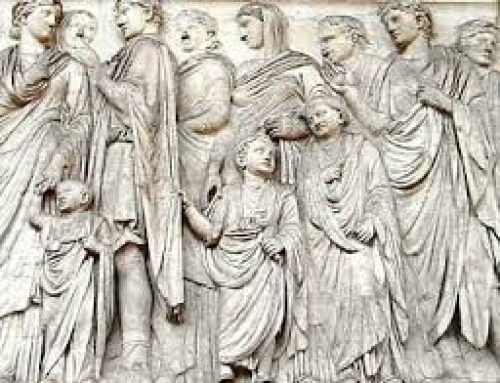
This is a hexagon. See, it has six sides that are all the same length.
Definition of a hexagon
A hexagon is a flat shape, all in one plane, with six sides all of equal length. Each of the six angles measures 120 degrees, so the total interior angles of this shape measure 720 degrees (120 multiplied by 6).
What is a plane?
More geometry articles
All our math articles
Perimeter of a hexagon
The hexagon can be cut into six equilateral triangles, all the same size. Because these are equilateral triangles, their sides are all the same length. So the sides of a hexagon are also all the same length.
The perimeter of a hexagon is the sum of the lengths of all the sides. All the sides are the same length, so that’s the same as the length of one side multiplied by six.
What are equilateral triangles?
What’s a perimeter?
Area of a hexagon
The area of a hexagon is the same as the areas of all six equilateral triangles added together (or one equilateral triangle multiplied by six). We know how to find the area of a triangle, so we can also figure out the area of this more complicated shape.
Area of a triangle
What is area?
Hexagons in nature
One place that hexagons occur in nature is in water ice: the molecules of water (two hydrogen atoms and one oxygen atom) always freeze together in the shape of hexagons. These shapes are also part of geometric proofs about circles. We use hexagons as one way to prove that the circumference of a circle is 2πr.
Circumference of a circle
How do we prove that is always true?
Did you find out what you wanted to know about hexagons? Let us know in the comments!




